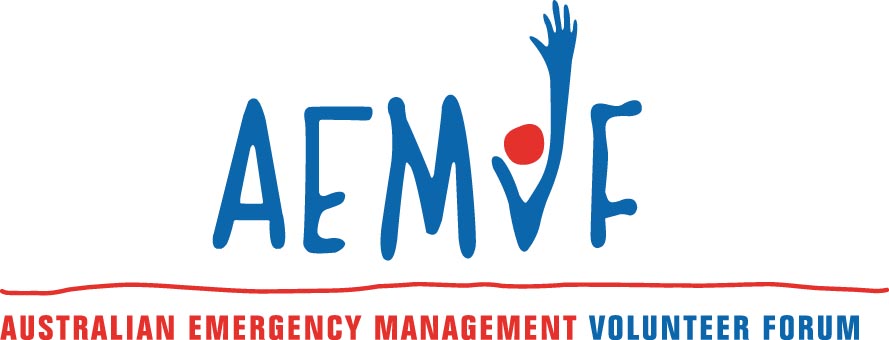Following a major research project conducted in 2016, the following themes provide the main focus of the AEMVF.
Time
Lack of time has emerged as one of the major challenges facing emergency sector volunteers. Training and administration requirements are constantly growing, while response commitments remain heavy. At the same time, long term volunteer commitment is decreasing. Member organisations are reacting to these problems by opening up opportunities for more flexible and diverse types of volunteering and attempting to minimise the administrative load at the local level
However, bureaucratic requirements continue to increase leading to volunteers becoming involved in more administrative work, which most do not appreciate.
It is clear that they are becoming a disincentive to volunteering in the emergency management sector.
Training
The majority of volunteer emergency management sector organisations have very specific training requirements and a large part of volunteer time is spent in training. Although most organisations have made improvements in the quality and accessibility to training through on-line training, more flexible types of training and training only for specific roles in recent years, the timely availability of good quality training is a major factor in retaining volunteers. In addition, the amount of training required continues to increase in an environment in which volunteers have less time available. The bureaucratic processes associated with accredited training are also cumbersome and time consuming. These issues risk becoming a major disincentive to volunteering if they are not managed and it is noted that the volunteer sector has no voice in the decision making processes.
Cost
There has been a major improvement since the previous research in the cost of being a volunteer, which was reported as being of significant concern for volunteers. Emergency sector volunteer organisations have been moving towards zero cost volunteering, and most now provide reimbursement for out-of-pocket expenses. However, it has been reported that some of these programs are overly bureaucratic, cumbersome and difficult to access, to the extent that many volunteers don’t bother to apply. These problems need to be rectified to allow volunteers to claim out-of-pocket expenses easily and simply.
People
The importance of good leadership, particularly at the local level is a major factor in retaining volunteers and most member organisations have introduced their own leadership programs. However, the major improvement has been the significant expansion of the nationally managed volunteer leadership program conducted by the Australian Institute for Disaster Resilience (AIDR).
In order to take full advantage of the available recruiting pool, organisations need to ensure that they are targeting the total population, including females, young people, those from CALD backgrounds and older people. Improvements have been noted in most of these areas but there is still room for improvement. The AEMVF needs to give more attention to these aspects in future.
Research
Regular research is required at National and State and Territory level to measure the health of the sector, and the organisations within it. It must be widely disseminated so that all organisations can benefit from it. This will normally be achieved by holding Summits or Conferences which will chart the course of the sector and advise the National Emergency Management Volunteer Action Plan. (Due for an update in 2018)



